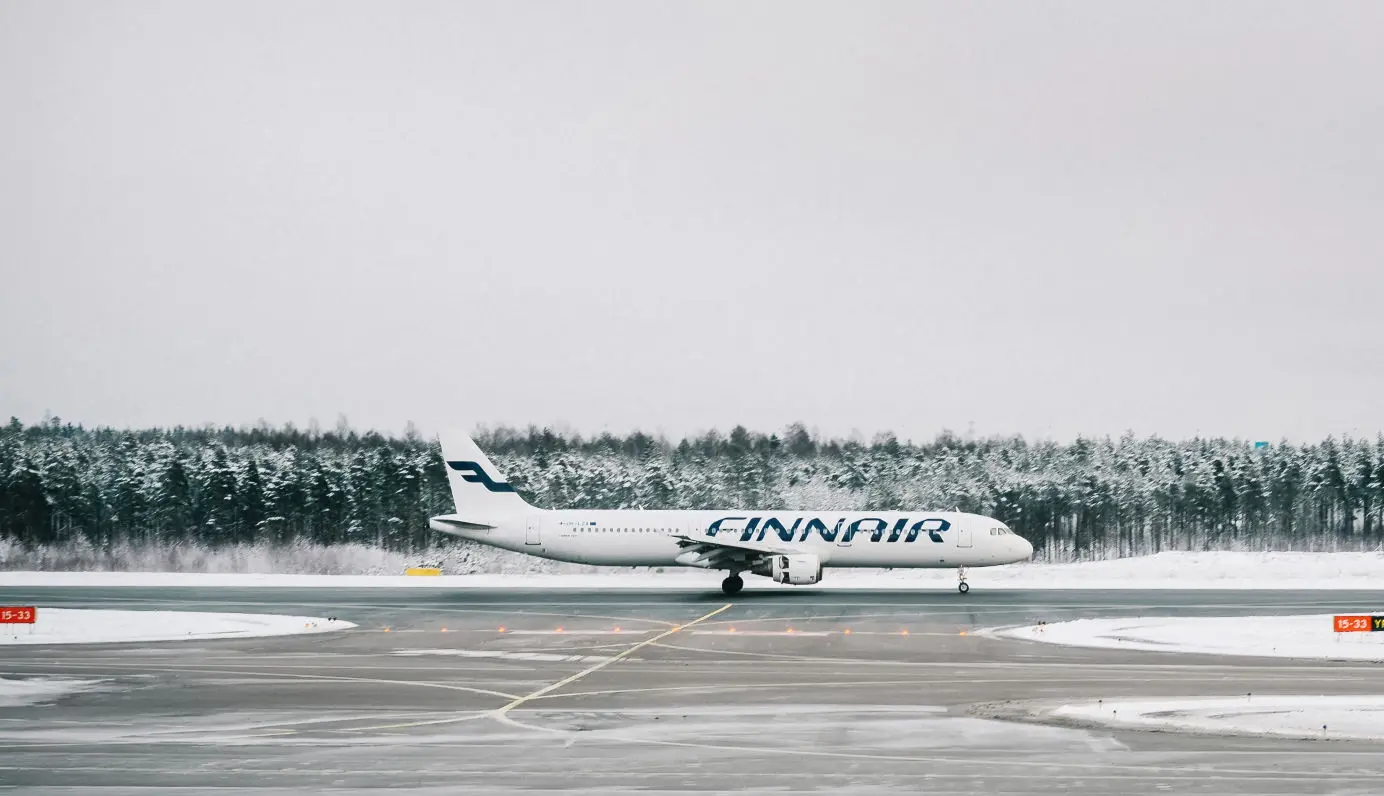
What Engines Are on the Boeing 737?
Over time, the 737 has used a variety of engines. In this post, we'll examine them in more detail.
Table of Contents
Boeing's well-known and popular 737 has become Boeing's best-selling aircraft in the company's history. Boeing has built so many 737s that one takes off somewhere in the world every five seconds.
Several essential features have made the Boeing 737 a popular aircraft among airlines and passengers. The combination of a safe and flexible design, good fuel efficiency, long range, and low maintenance costs are always in high demand by airlines, which need to make a profit with the aircraft on their routes.
A large part of the 737's many advantages comes from the aircraft's engines. The 737 has had different engines over time. In this article, we will take a closer look at them.
What Engines Are on the Boeing 737?
Boeing's 737 saw the light of day in the 1960s, and since then, Boeing has steadily updated and developed it. These developments are divided into four general 737 generations.
Each generation of the Boeing 737 has received new engines that helped improve the 737's range, payload, CO2 emissions, and fuel efficiency. In total, four engine families have been on the Boeing 737.
See which engines power the various Boeing 737 models below.
737 Original
Boeing gave the first version of their popular 737, the Pratt & Whitney JT8D turbofan jet engines, which Boeing already knew well from their 727 model. The JT8D is a low-bypass jet engine introduced in 1964 when it first flew on the Boeing 727's maiden flight. Pratt & Whitney based the JT8D engine on a dual-spool design, which divides the air compression into high-pressure and low-pressure parts. Both compressors are on the same shaft.
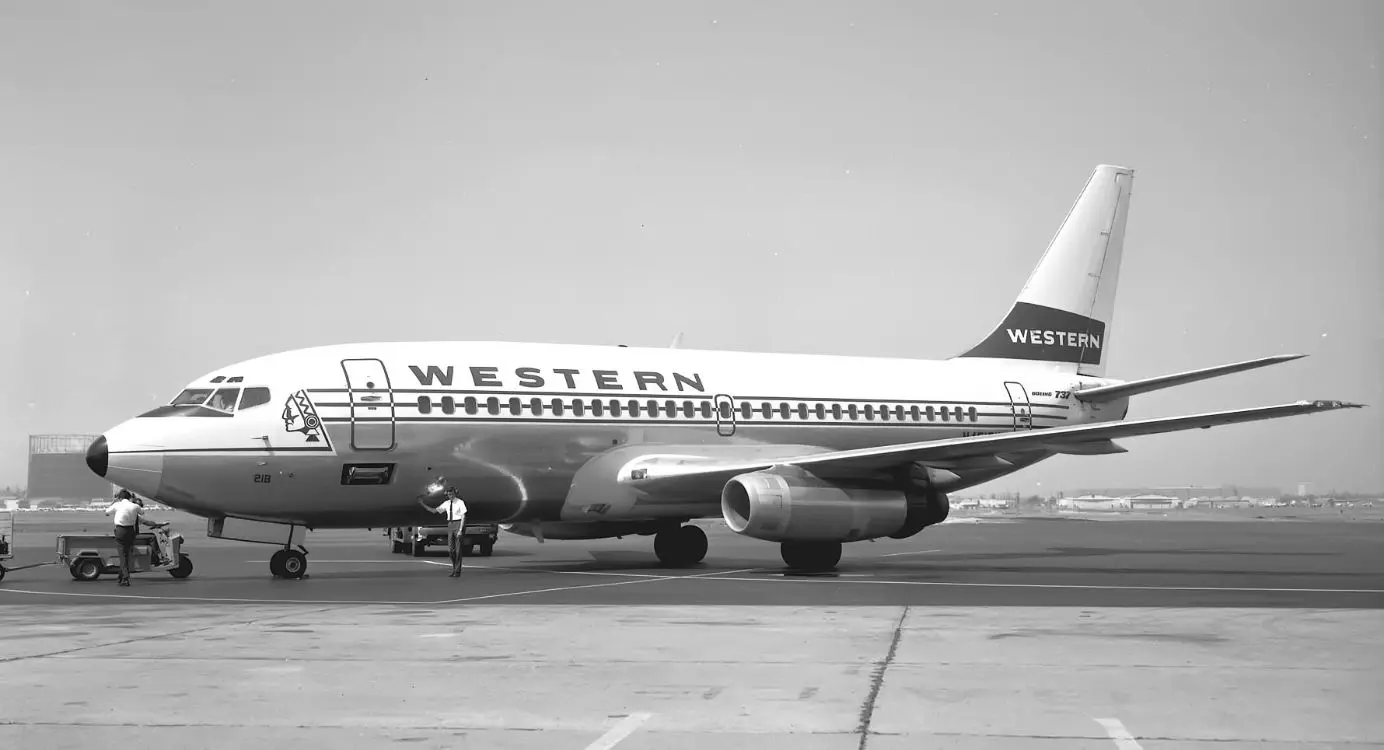
The JT8D family consists of eight variants covering different thrust levels for various applications.
Pratt & Whitney has produced over 14,750 JT8D engines, and the model has flown over 673 million flight hours since its introduction. Regular production of the JT8D engine ceased in 1985, but Pratt & Whitney produced some replacement engines for the military until 2011.
Boeing's first version of their 737 (called the 737-100) was powered by two JT8D-7 engines, each capable of producing 14,000 lbf thrust (62 kN). Shortly after, the Boeing 737-100 variant was replaced by the 737-200, which could carry slightly more passengers. Therefore, Boeing only built 30 -100 aircraft before the -200 variant took over. The Boeing 737-200 had two JT8D-15A engines, each capable of producing 15,500 lbf thrust (69 kN).
737 Classic
After the success of Boeing's first versions of the 737, Boeing decided to develop the aircraft further. Boeing wanted to increase the aircraft's range and passenger capacity while retaining a high degree of similarity to the first generation.
To achieve the desired improvements, Boeing needed to find a new and better engine for the 737.
Boeing selected CFM International's CFM56-3 Series high-bypass turbofan engines for the 737-300, -400, and -500 aircraft. This engine was specifically developed for these aircraft and enabled Boeing to achieve the desired improvements in fuel economy while also reducing noise. Unfortunately, the CFM56-3 engine also introduced some technical challenges for Boeing. The new engines were larger than the previous JT8D, and ground clearance became a problem.
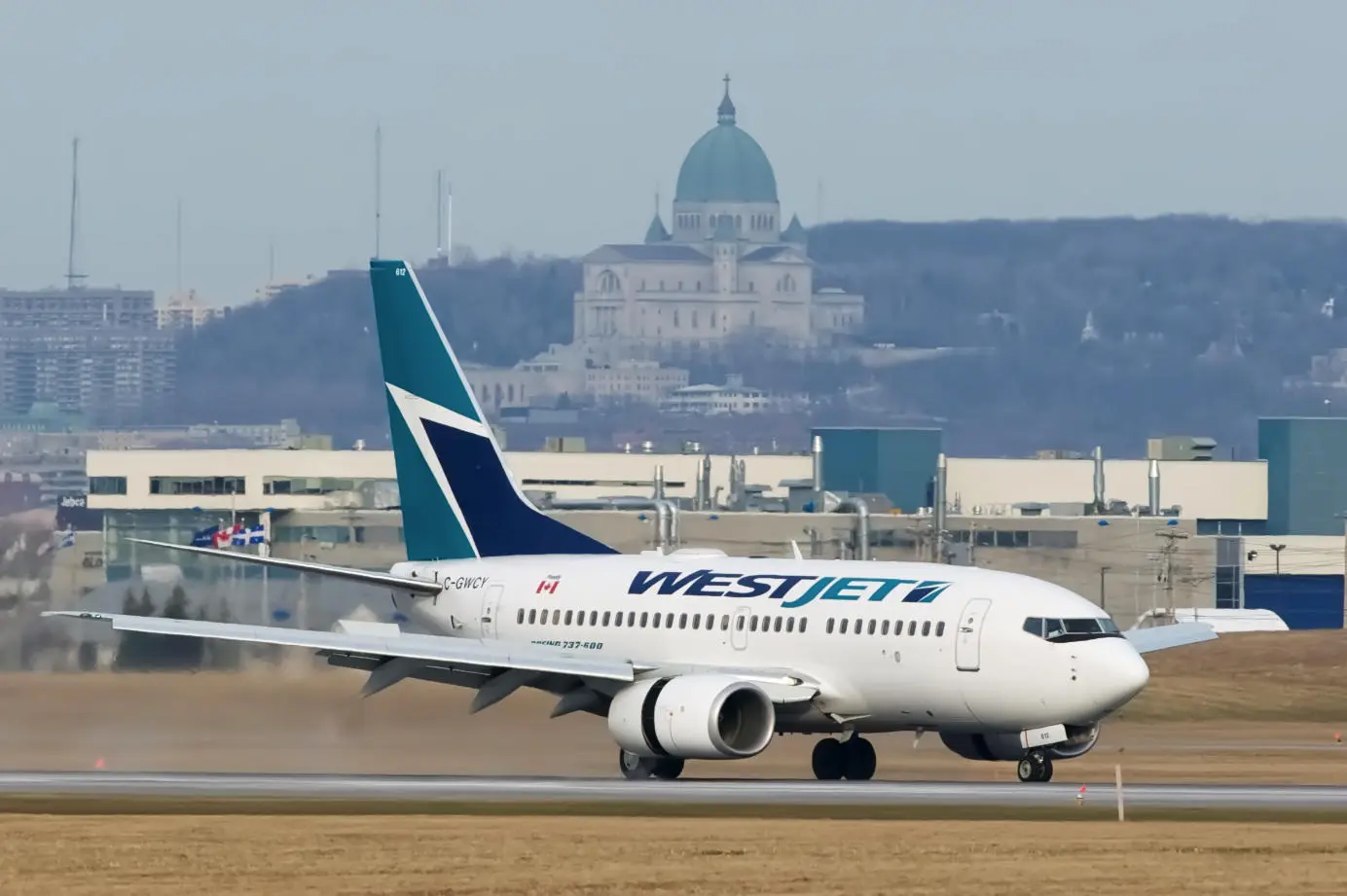
Boeing solved the problem, together with CFM, by reducing the size of the engines slightly, moving them a little further forward on the wing, and moving the engine gearbox and other engine accessories to the sides of the engine instead of the bottom. All of these moves gave the Boeing 737 its now very distinctive flat, non-circular engine design.
Like the JT8D, CFM International's CFM56-3 Series consists of several sub-variants. Boeing equipped the 737-300 with two CFM56-3B2 engines, each producing up to 20,000 lbf (89 kN) thrust. The slightly larger 737-400 got CFM56-3C1 engines capable of 23,500 lbf (104 kN) thrust, and the smallest 737-500 variant got CFM56-3B1 engines capable of up to 18,500 lbf (82 kN) thrust.
The entire CFM56 family of high-bypass turbofan engines is the best-selling in the world, and CFM International has delivered over 33,000 since they first offered the engine. The CFM56 ran for the first time in June 1974.
737 Next Generation
Boeing's third generation of their popular 737 is called Next Generation (or NG for short) and includes the models 737-600, -700, -800, -900, and -900ER. Boeing began producing the Next Generation Series in 1996 and introduced it in 1997.
The Next Generation family was developed to better compete against Airbus' A320 aircraft, which became a bigger and bigger competitive headache for Boeing in the 1990s.
The primary update on the new Next Generation 737s was the high-pressure ratio CFM International CFM56-7 Series engines which offered several significant improvements. First, the CFM56-7 offered 8% better fuel economy and a 15% reduction in maintenance costs. In addition, it provided overall better durability. All of which satisfied the airlines — especially low-cost carriers.
The CFM56-7B is the exclusive engine for the Boeing Next Generation 737s. The specific engine variant available on the Next Generation 737s depends on the aircraft variant.
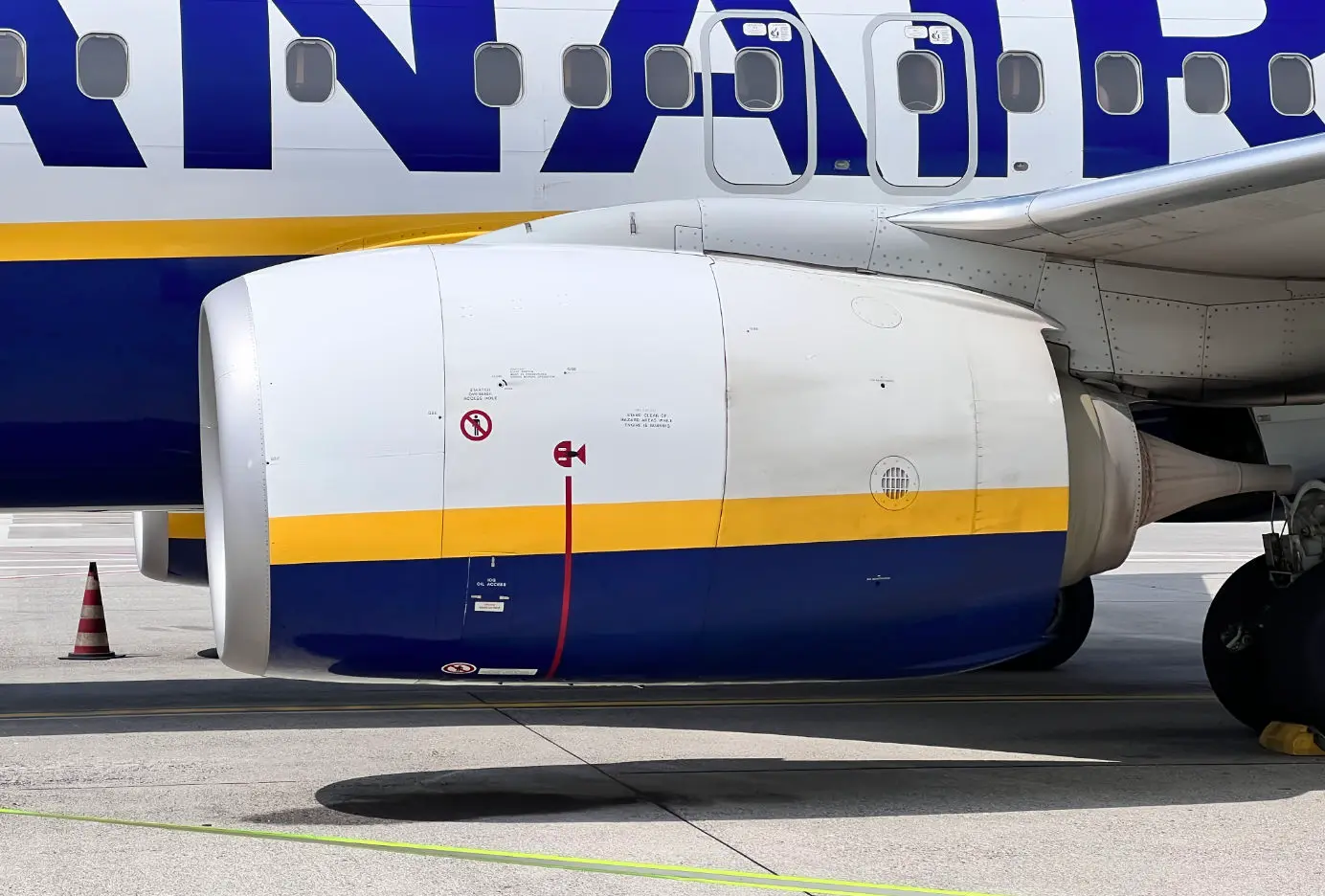
The Boeing 737-600 is the smallest model in the Next Generation series. It is equipped with two CFM56-7B18 engines, each capable of producing 19,500 lbf (86.7 kN) thrust. The 737-700 was the first Next Generation model Boeing launched, and it is powered by two CFM56-7B20 engines capable of producing 20,600 lbf (91.6 kN) thrust each.
The best-selling Next Generation model, the 737-800, has two CFM56-7B24 engines (24,200 lbf / 108 kN thrust), the 737-900 has the CFM56-7B24 (24,200 lbf / 108 kN thrust), and the long-range model 737-900ER is powered by CFM56-7B26 (26,300 lbf / 117 kN)
The CFM International CFM56-7 Series first ran on April 21, 1995, and the company has delivered more than 15,000 CFM56-7B engines since its introduction.
737 MAX
The fourth generation of the Boeing 737 is called the MAX family, and Boeing offers it in four main variants. As with the other 737 generations, Boeing aimed to improve fuel efficiency, range, and passenger capacity with the MAX. Again without changing the overall and well-known 737 design.
Besides new advanced winglets on the wings, the most significant development on the 737 MAX is the new high-bypass CFM International LEAP-1B engines. The LEAP engines are the successor to the popular CFM56 engines with which Boeing has had great success on their 737 Classic and Next Generation.
One of the highlights of the CFM LEAP-1B engine is its 16% lower fuel consumption combined with 50% lower NOx emissions and 7% lower maintenance costs. In addition, the engine's fan blades are made of 3D woven carbon fiber, a new manufacturing technology in the aircraft industry. The entire engine fan diameter is 69.4 inches (176 cm) and is thus the largest of all engines on the 737.
The new advanced materials and manufacturing processes have enabled a weight reduction of 500 lb (226 kg) per engine, and the fan blades have become more robust. So much so that CFM claims each fan blade can support the weight of an entire Airbus A350 or Boeing 787.
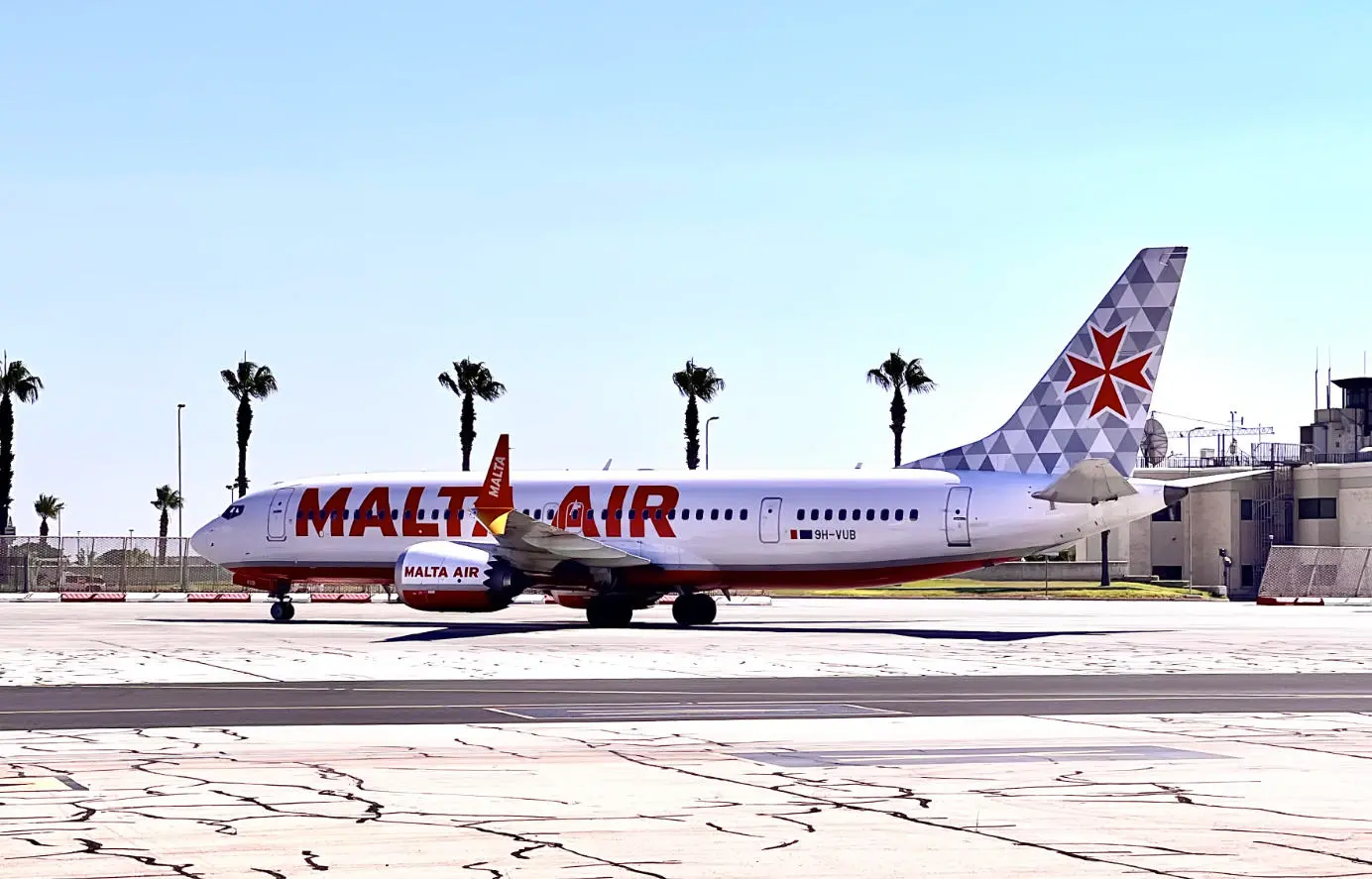
CFM International also equipped the LEAP with a new debris rejection system similar to the one found on the General Electric GE9X jet engine. The system protects the engine's core against foreign objects such as sand, dirt, and other harmful particles.
On Boeing's 737 MAX aircraft, the LEAP-1B is the only engine available, and they power all MAX variants. Each CFM LEAP-1B can deliver up to 29,300 lbf (130 kN) of thrust. In addition to the Boeing 737 MAX, CFM LEAP engines power the Airbus A320neo and COMAC C919 aircraft families. On the 737 MAX, Boeing designed the LEAP engine nacelles with noise-reducing chevrons (developed by NASA) at their exhaust.
The Boeing 737 MAX first flew on January 29, 2016. The 737 MAX gained worldwide notoriety after a series of crashes involving Boeing's MCAS software system.
Who Manufactures the Boeing 737 Engines?
Boeing introduced the first versions of the 737 in the 1960s. Since then, the aircraft has undergone several revisions with significant improvements. As mentioned earlier, some of the most considerable improvements on the 737 are engine upgrades to increase range, improve fuel economy and reduce CO2 and NOx emissions.
Because the Boeing 737 is not one plane but several different variants, these have also been powered by various engines from other manufacturers.
Pratt & Whitney and CFM International have manufactured the engines for the 737 since Boeing introduced the aircraft in the 1960s. However, not at the same time. Pratt & Whitney only supplied the engines for the first generation Boeing 737. CFM International has manufactured the engines for the last three generations of the Boeing 737, including the Boeing 737 MAX.
Pratt & Whitney produced the jet engines for the first generation of the Boeing 737, namely the 737-100 and 737-200. These aircraft were both powered by Pratt & Whitney's JT8D low-bypass turbofan engines. Pratt & Whitney is an American aerospace manufacturer with global operations. It is one of the three largest companies worldwide that develops and manufactures engines for aircraft, both commercial and military. The company was founded back in 1925 and today has over 35,000 employees. Pratt & Whitney has developed engines for some of the most iconic aircraft in history, including the Lockheed SR-71 Blackbird, the Lockheed Martin F-22 Raptor, and the Boeing 747-400.
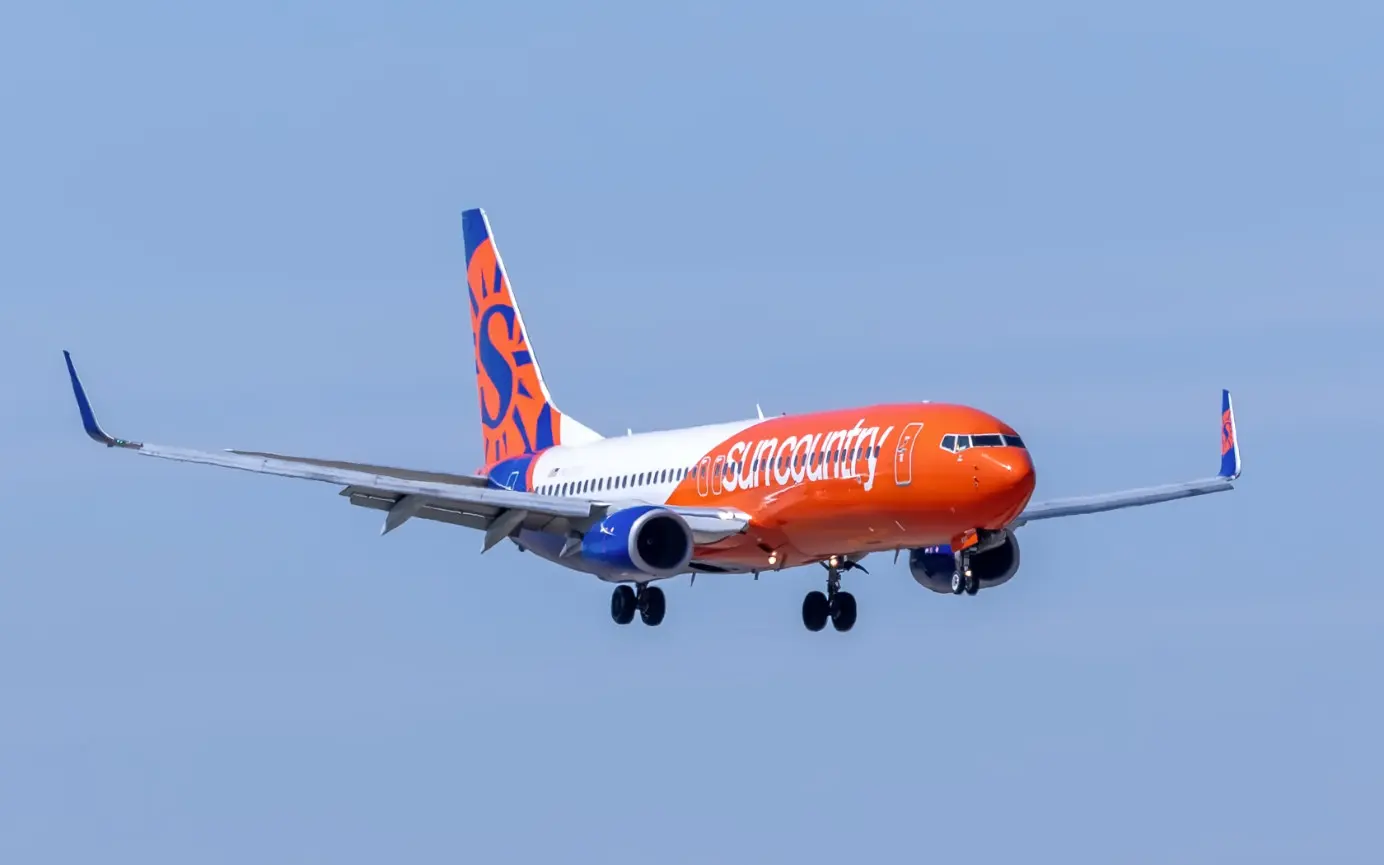
CFM International has been building the engines for the Boeing 737 since 1984 when Boeing introduced the second generation of the 737 (called the Classic). CFM International is a half-French and half-American joint venture between GE Aviation and Safran Aircraft Engines. The company was founded in 1974 to build the CFM56 engines and is the leading supplier of commercial aircraft engines worldwide. CFM International has delivered more than 37,500 engines to over 600 operators worldwide, and collectively CFM's engines have accumulated over 1 billion flight hours. The commercial engine designations of the two parent companies—GE's CF6 and Snecmas/Safran's M56 (its 56th project)—were used to create the names of CFM International and the CFM56 product line.
Overview of the Boeing 737 Engines
| 737 Variant | Engine | Thrust |
| 737-100 | Pratt & Whitney JT8D-7 | 14,000 lbf thrust (62 kN) |
| 737-200 | Pratt & Whitney JT8D-15A | 15,500 lbf thrust (69 kN) |
| 737-300 | CFM International CFM56-3B2 | 20,000 lbf (89 kN) |
| 737-400 | CFM International CFM56-3C1 | 23,500 lbf (104 kN) |
| 737-500 | CFM International CFM56-3B1 | 18,500 lbf (82 kN) |
| 737-600 | CFM International CFM56-7B18 | 19,500 lbf (86.7 kN) |
| 737-700 | CFM International CFM56-7B20 | 20,600 lbf (91.6 kN) |
| 737-800 | CFM International CFM56-7B24 | 24,200 lbf (108 kN) |
| 737-900 | CFM International CFM56-7B24 | 24,200 lbf (108 kN) |
| 737-900ER | CFM International CFM56-7B26 | 26,300 lbf (117 kN) |
| 737 MAX 7 | CFM International LEAP-1B | Pp to 29,300 lbf (130 kN) |
| 737 MAX 8 | CFM International LEAP-1B | Up to 29,300 lbf (130 kN) |
| 737 MAX 9 | CFM International LEAP-1B | Up to 29,300 lbf (130 kN) |
| 737 MAX 10 | CFM International LEAP-1B | Up to 29,300 lbf (130 kN) |
Conclusion
Jet engines are the heart of modern aircraft, and the Boeing 737 is no exception. Through four generations, Boeing has updated the 737's engines, improving its fuel efficiency and range while allowing it to carry more passengers.
The Boeing 737 has had four different families of jet engines from two manufacturers. The first 737s from the 1960s had low-bypass engines from American aerospace company Pratt & Whitney. Later, Boeing switched to high-bypass engines from French-American CFM International, and these engines have helped ensure the 737's massive success.
You can learn more about how fast a jet engine spins and works here.
Planenerd Newsletter
Join the newsletter to receive the latest updates in your inbox.

